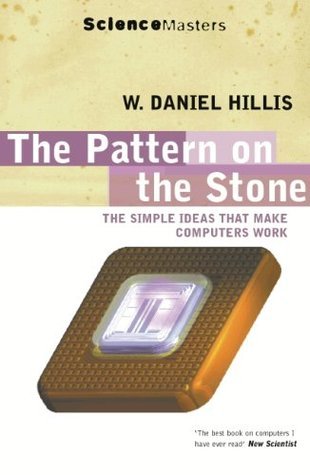What do you think?
Rate this book


178 pages, Kindle Edition
First published January 1, 1998
I want to build a clock that ticks once a year. The century hand advances once every one hundred years, and the cuckoo comes out on the millennium. I want the cuckoo to come out every millennium for the next 10,000 years. If I hurry I should finish the clock in time to see the cuckoo come out for the first time.